On March 11, 2017, we set out to explore the past of Kórnik, Winna Gora, and Miloslaw, as part of the ERASMUS + "Culture and History without Borders" project. At the beginning of the trip we went to Lake Kórnickie, where we crossed the bridge. We could admire the beautiful views of the lake, the trees in the distance, the city and the castle itself. We took some photos, and our teachers told us a lot about the city, the lake and the castle.
Am 11 März haben wir eine Reise nach Kórnik, Winna Górka und Miłosław in Rahmen des Projektes Erasmus Plus geplant. Wir haben von dem Fluss in Kórnik angefangen, wo wir über die Brücke gegangen sind. Dort konnten wir schöne Aussichten sehen: der See, die Bäume, die Stadt und das Schloß. Wir haben ein Paar Fotos gemacht und unsere Lehrer haben uns über die Stadt, See und Schloß erzählt.
W dniu 11 marca 2017 r. zaplanowaliśmy zwiedzić przeszłość Kórnika, Winnej Góry i Miłosławia w ramach projektu ERASMUS + "Culture and History without Borders". Na początku wycieczki pojechaliśmy nad Jezioro Kórnickie, gdzie przeszliśmy przez most. Możemy podziwiać piękne widoki na jezioro, drzewa w oddali, miasto i zamek. Zrobiliśmy kilka zdjęć, a nasi nauczyciele opowiedzieli nam wiele o mieście, jeziorze i zamku.
Two of the students have prepared a presentation about these three towns. Use this link to view it.
Zwei Schüler haben Presentation über die drei Städte vorbereitet.
Dwóch uczniów przygotowało prezentację na temat tych trzech miast.
The guide, at the beginning of the tour, told us the story of the castle. Later, he started guiding us through the museum. We could see different rooms, such as the office, the lady's room, etc. The characteristic thing we could see was the collection of beautiful flooring and furniture from that time. We also had the opportunity to see historical souvenirs from different eras, national souvenirs, armor and weapons of different nationalities, various paintings, eg Polish kings, portraits of the Działyński family and the Zamoyski family.
We have also heard that the museum houses the famous Kórnik Library, one of the oldest libraries in Poland. Later we went for a walk through the arboretum in Kórnik. Despite the small amount of flowers, due to the season, we enjoyed it so much. On the way back we saw the Church of the Holy Virgin, St. Michał Archangel and the manor house in Winna Góra where Jan Henryk Dąbrowski spent many years of his life. In Miłosław, in the depths of the Miłosław Park, we admired Juliusz Slowacki's monument. Certainly thanks to this trip we will know the history of nearby Kórnik and we will be able to further explore the local stories.
Der Reiseführer hat uns am Anfang die Geschichte von dem Schloß erzählt.
Am Anfang hat uns der Reiseführer die Geschichte des Schlosses erzählt.Dann sind wir durch Museum gegangen. Wir haben verschiedene Räume besichtigt. Allen haben besonders schöne, originelle Fußböden und Möbeln gefallen. Wir hatte auch die Gelegenheit unterschiedliche Souvenirs zu sehen. Wir haben auch darüber gehört, dass in dem Museum sich eine bekannte Bibliothek von Kurnik befindet, eine der älteste Bibliothek in Polen. Danach sind wir ins Arboretum gegangen. Wir haben auch eine bekannte Kirche, Herrenhaus und Winna Górka besichtigt. Dort hat Jan Henryk Dąbrowski viele glücklichen Lebensjahren seines Lebens verbracht. In Miłosław haben wir auch das Denkmal von Juliusz Słowacki gesehen. Dank der Schulausflug haben wir die Geschichte von Kurnik kennengelernt und wir werden weiter sich darüber interessieren.
a początku naszej wycieczki przewodnik opowiedział nam historię zamku. Później poprowadził nas przez muzeum. Zwiedzaliśmy różne pokoje, takie jak biuro, pokój panien dworskich, itp. Charakterystyczną rzeczą na zamku była kolekcja pięknych, oryginalnych podłóg i mebli. Mieliśmy też okazję zobaczyć historyczne pamiątki z różnych epok, pamiątki narodowe, zbroje i broń różnych narodowości, różne obrazy, np. Polskich królów, portrety rodziny Działyńskich i rodziny Zamoyskich.
Słyszeliśmy również, że w muzeum znajduje się słynna Biblioteka Kórnicka, jedna z najstarszych bibliotek w Polsce. Później spacerowaliśmy po arboretum w Kórniku. Pomimo niewielkiej ilości kwiatów, z powodu pory roku, bardzo nam się podobało. W drodze powrotnej zobaczyliśmy Kościół Najświętszej Marii Panny, Michała Archanioła i dwór w Winnej Górze, gdzie Jan Henryk Dąbrowski spędził wiele lat swojego życia. W Miłosławiu, w głębi Parku Miłosław, podziwialiśmy pomnik Juliusza Słowackiego. Z pewnością dzięki tej wyprawie poznaliśmy historię pobliskiego Kórnika i będziemy mogli dalej badać lokalne historie.
Two of the students have prepared a presentation and video about these three towns. Use this link to view it.
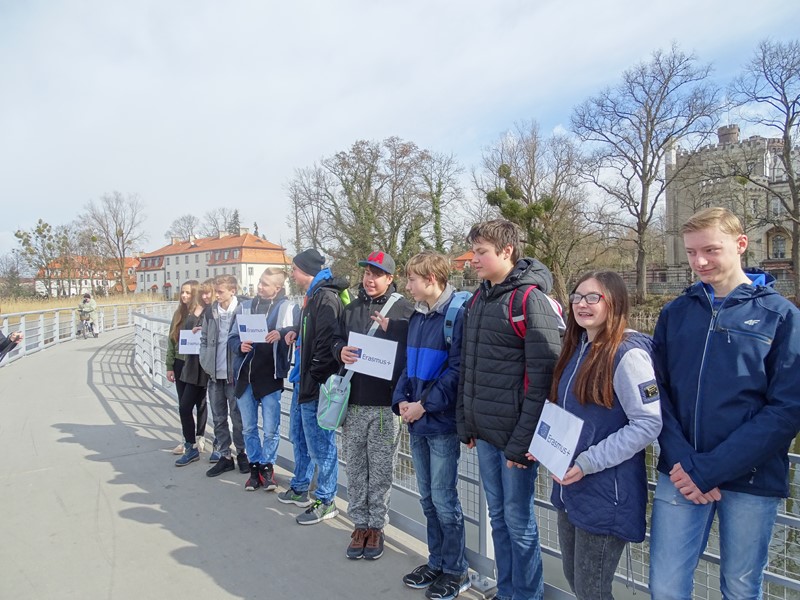
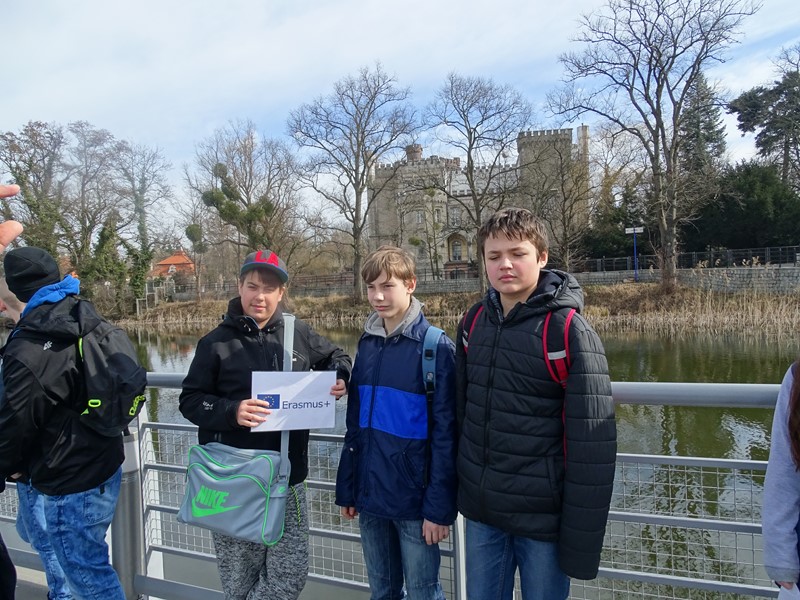
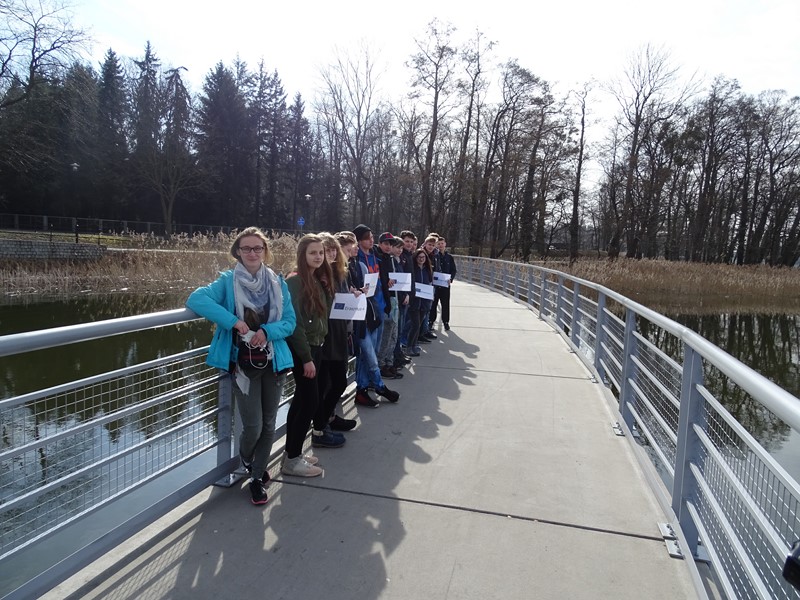
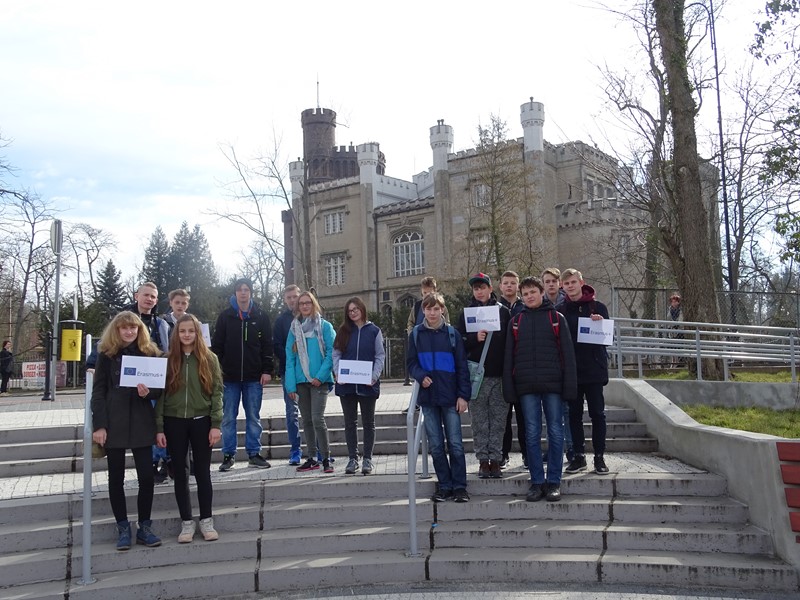
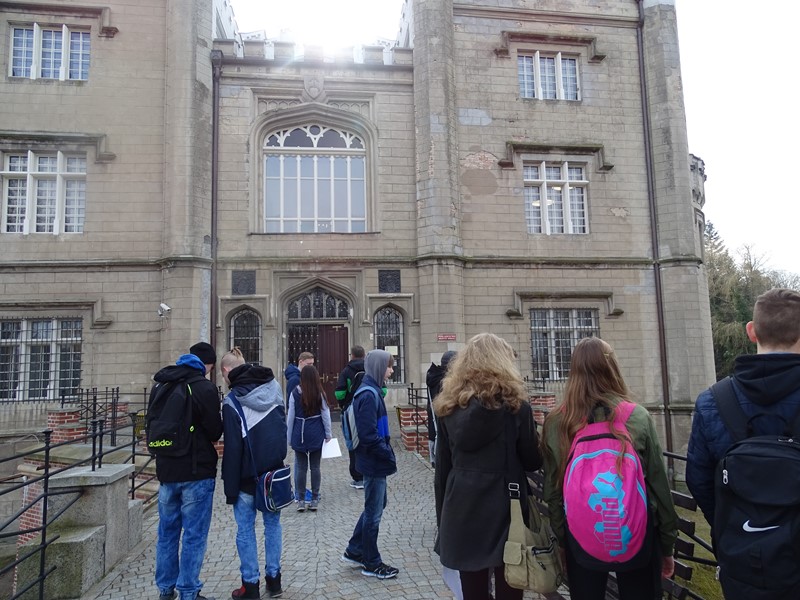
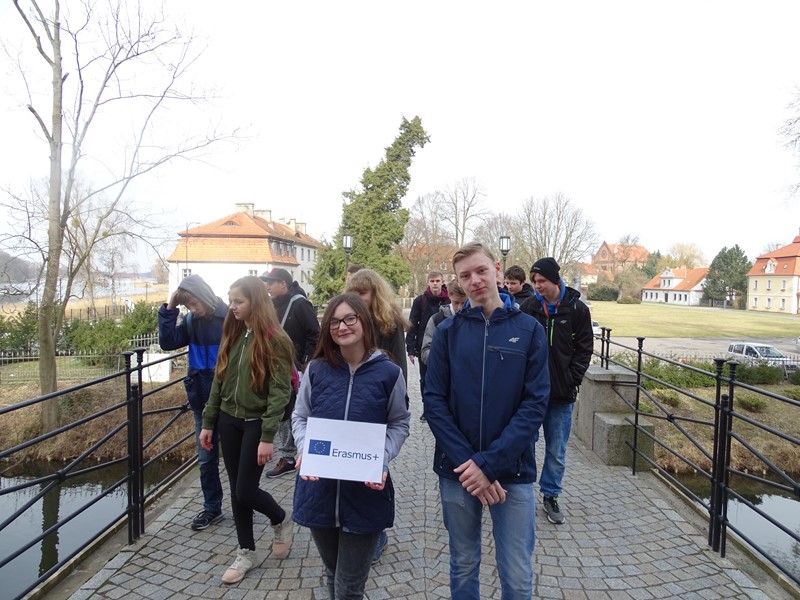
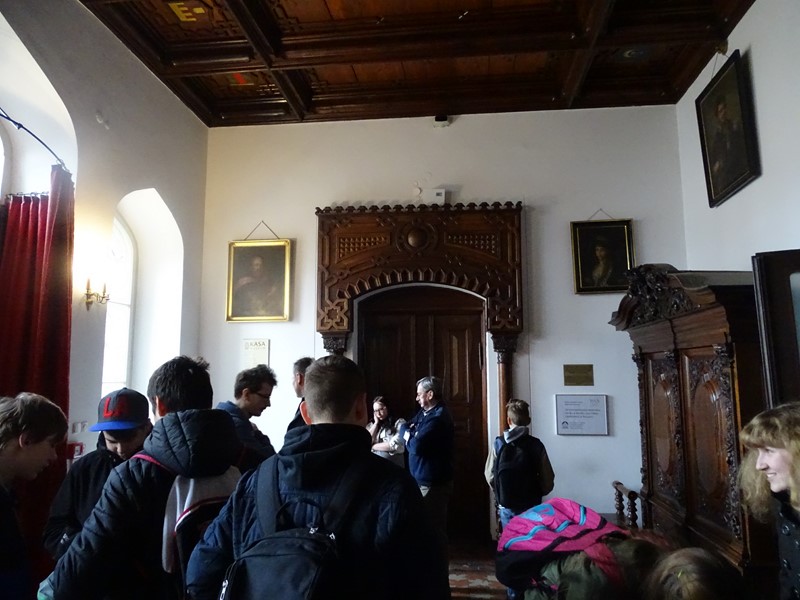
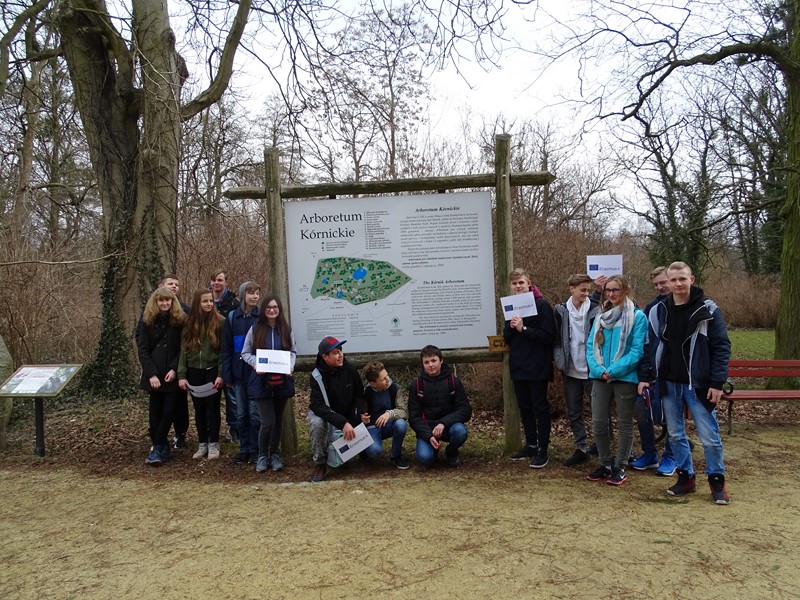
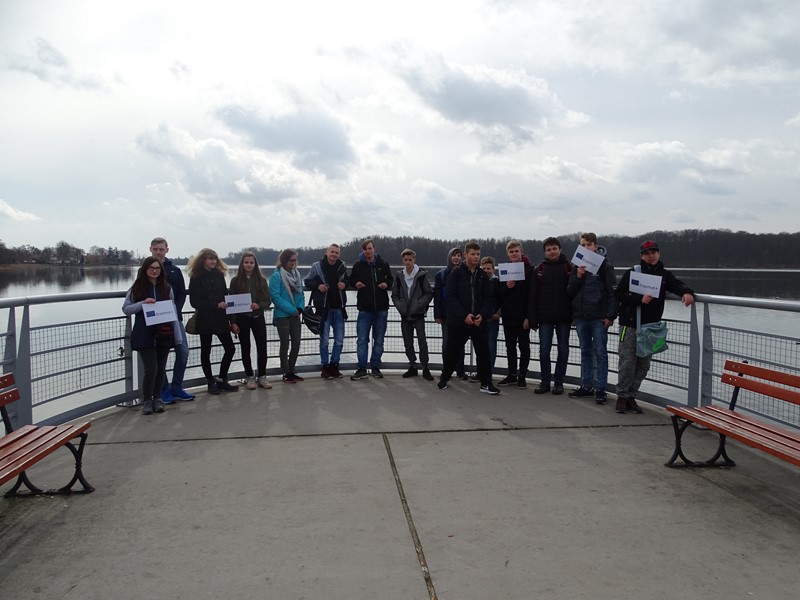
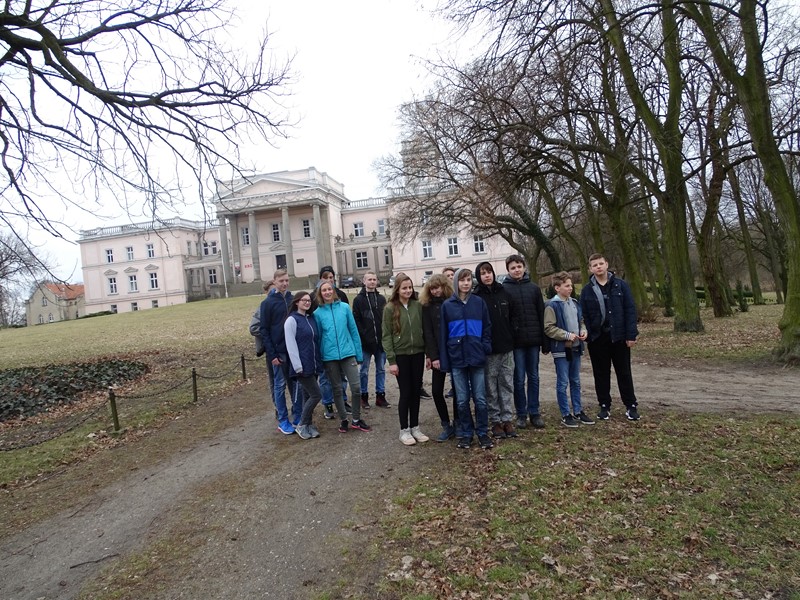
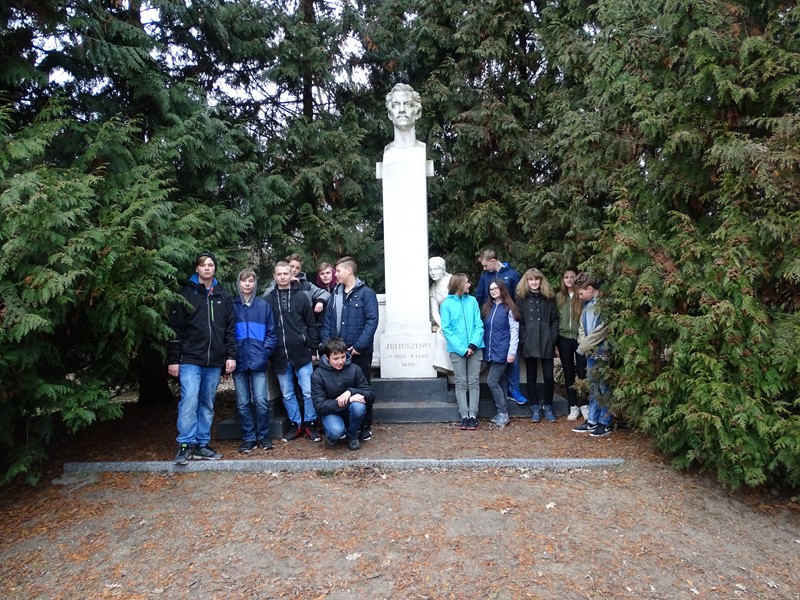
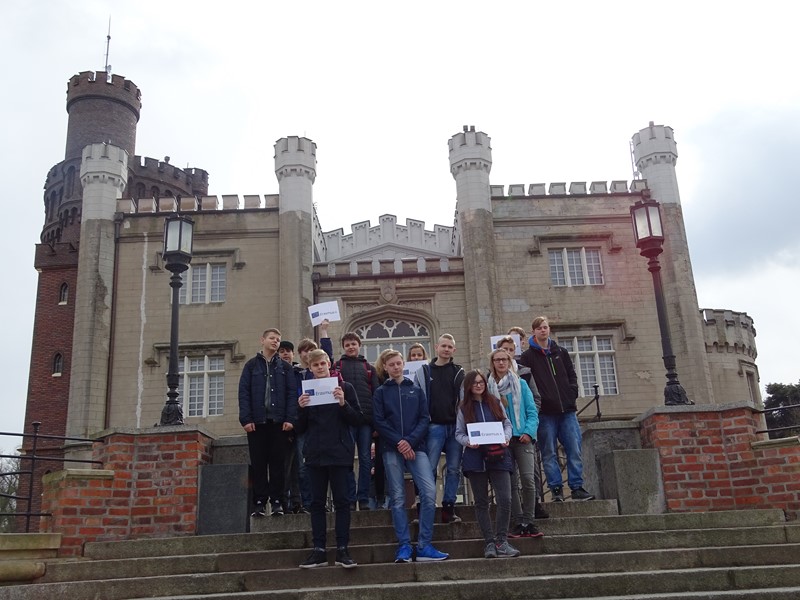
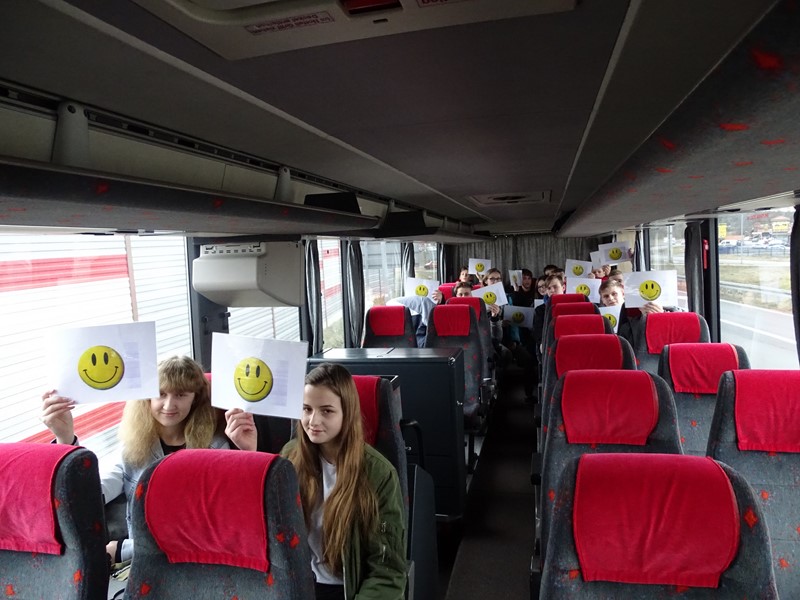
The guide, at the beginning of the tour, told us the story of the castle. Later, he started guiding us through the museum. We could see different rooms, such as the office, the lady's room, etc. The characteristic thing we could see was the collection of beautiful flooring and furniture from that time. We also had the opportunity to see historical souvenirs from different eras, national souvenirs, armor and weapons of different nationalities, various paintings, eg Polish kings, portraits of the Działyński family and the Zamoyski family.
We have also heard that the museum houses the famous Kórnik Library, one of the oldest libraries in Poland. Later we went for a walk through the arboretum in Kórnik. Despite the small amount of flowers, due to the season, we enjoyed it so much. On the way back we saw the Church of the Holy Virgin, St. Michał Archangel and the manor house in Winna Góra where Jan Henryk Dąbrowski spent many years of his life. In Miłosław, in the depths of the Miłosław Park, we admired Juliusz Slowacki's monument. Certainly thanks to this trip we will know the history of nearby Kórnik and we will be able to further explore the local stories.